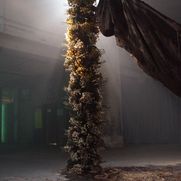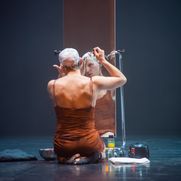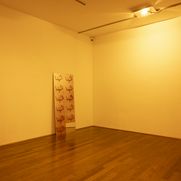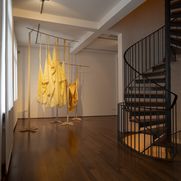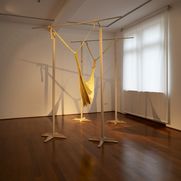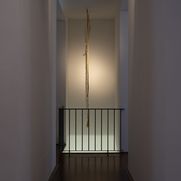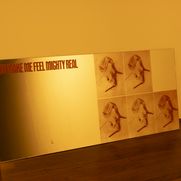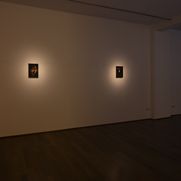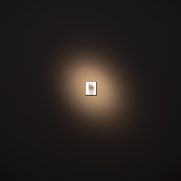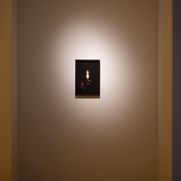Atiéna R. Kilfa uses photography, sculpture, video, and installation to explore the perception of media images and the entanglement of personal and cultural memory: How are cinematic techniques used to control moments of aesthetic experience at the level of image and sound? What do these techniques refer to, not only in terms of the history of film, but also in terms of cultural history? Mannequins that Kilfa has collected as part of her research form central reference points in her work. For the artist, these black and brown figures stand, on the one hand, for the post modern fascination with "mannequin art"; at the same time, they initiate a paradigm shift by producing narratives entrenched in a division between who counts as living, and who, or what, is consigned to death.
Daniel Lie’s work includes performances, illustrations, and large-scale installations. “Non-human beings” such as bacteria, fungi, plants, and minerals are the actors in Lie’s work, which often stages decay as a means of visualizing the processual. Natural cycles of transformation as well as the interdependence within ecological processes of exchange are rendered strikingly visible. Through ecosystems, the coexistence of different living beings is brought into focus, highlighting a continuous participation in the processes of life, death, and decomposition.
caner teker uses the means of performance to address the intersectional entanglement of identity, labor, and postmigration in the context of personal experience and family history. Among other things, the performances deal with West Asian cultural history and traditional oil wrestling, in which fighting poses mutate into a gesture of tenderness between the performers – a phenomenon that can also be observed in the templates of traditional male oil wrestling matches. Bodies "beyond the mainstream" that correspond to teker's "ideal image of the queer, anti-capitalist, intersectional as well as transformative" are the focus of the performances.


